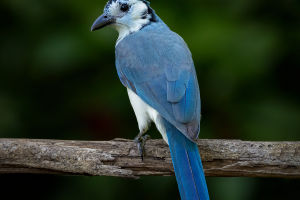In the vast expanse of the African savanna, two graceful antelope species roam the plains, each with its own unique characteristics and behaviors: the gazelle and the springboks.
While they may share similarities in appearance and habitat, there are distinct differences that set these iconic animals apart.
Physical Characteristics:
Gazelles and springboks belong to the same family, Bovidae, and share certain physical traits such as slender bodies, long legs, and distinctive horns. However, there are notable differences in their size and coloration. Gazelles are generally larger than springboks, with a sleeker build and longer limbs. They typically have coats of various shades of brown, tan, or gray, often adorned with subtle patterns or markings. In contrast, springboks are smaller in size, with a more compact frame and shorter legs. They are renowned for their striking coat coloration, which features a bold reddish-brown back, white underbelly, and a prominent lateral stripe running along the flanks. During displays of excitement or agitation, springboks exhibit a unique behavior known as "pronking," in which they leap into the air with arched backs and outstretched legs, showcasing their distinctive markings.
Habitat and Range:
Both gazelles and springboks are adapted to life in arid and semi-arid environments, including grasslands, scrublands, and deserts. However, their specific habitat preferences and geographic ranges vary. Gazelles are found across a wide swath of Africa, from the Sahara Desert in the north to the grassy plains of East Africa and the savannas of Southern Africa. They are highly adaptable creatures, capable of surviving in diverse habitats ranging from open grasslands to rocky terrain. Springboks, on the other hand, are native to the more arid regions of southern Africa, particularly the semi-desert areas of Namibia, Botswana, and South Africa. They are well-suited to the harsh conditions of their habitat, relying on their keen senses and agility to evade predators and locate food and water sources.
Behavior and Social Structure:
In terms of behavior and social structure, gazelles and springboks exhibit some similarities but also display distinct patterns of behavior. Gazelles are typically social animals, often forming herds ranging in size from a few individuals to several dozen. These herds may consist of females and their young, with males establishing territories and competing for mating rights during the breeding season. Gazelles are known for their graceful movements and swift running speeds, which they use to evade predators such as lions, cheetahs, and hyenas. Springboks also form social groups, although their herd dynamics are somewhat different from those of gazelles. They are known to gather in larger aggregations during the dry season when water and food are scarce, but they may also form smaller groups or be solitary individuals. During the mating season, male springboks engage in territorial displays and sparring matches to establish dominance and attract mates. The iconic pronking behavior is believed to serve as a visual signal to potential mates and rivals, showcasing the individual's strength and vitality.
Dietary Preferences:
Both gazelles and springboks are herbivores, feeding primarily on grasses, leaves, and other vegetation. However, they may also supplement their diet with fruits, seeds, and even occasional insects or small animals. Gazelles are adapted to grazing on a variety of grasses and herbs, utilizing their specialized dentition and digestive systems to extract nutrients from fibrous plant material. They are selective feeders, favoring tender shoots and young leaves when available.


